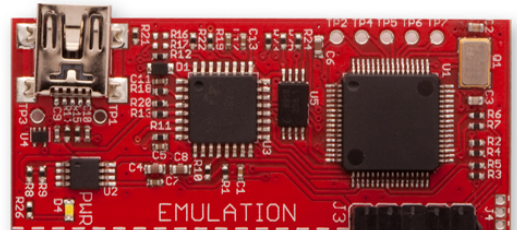SLAU647O July 2015 – April 2020
-
MSP Debuggers
- Trademarks
- 1 Introduction
- 2 MSP Debug Probe Overview
- 3
Hardware Identification
- 3.1 How to Determine If Your Hardware is Based on eZ-FET or eZ-FET Lite
- 3.2 How to Determine If Your Hardware is Based on eZ430
- 3.3 Signal Connections for In-System Programming and Debugging
- 3.4 Using the Power Supply Feature of the eZ-FET and eZ-FET Lite
- 3.5 Using the Power Supply Feature of the MSP-FET430UIF and MSP-FET
- 4 Hardware Installation
- 5
Debug Probes Hardware and Software
- 5.1 MSPDebugStack
- 5.2 Ultra-Low-Power (ULP) Debug Support
- 5.3 EnergyTrace™ Technology
- 5.4 Unlimited Software Breakpoints in Flash, FRAM, and RAM
- 5.5 JTAG Access Protection (Fuse Blow)
- 5.6 MSP-FET Stand-Alone Debug Probe
- 5.7 MSP-FET430UIF Stand-Alone Debugger
- 5.8 eZ-FET and eZ-FET Lite Onboard Emulation
- 5.9 eZ430 Onboard Emulation
- 5.10 MSP-FET430PIF
- Revision History
3.2 How to Determine If Your Hardware is Based on eZ430
- Check the installed tool drivers by using the Windows Device Manager (see Figure 7). eZ430 tools enumerate as HID (Debugger port) and CDC (Backchannel UART) devices.
- Check the Experimenter Board to find out if it is based on an eZ430 tool (see Figure 6). If it is based on an MSP430F1612 and a TUSB3410, it is an eZ430 tool.
 Figure 6. eZ430 Emulation IP
Figure 6. eZ430 Emulation IP  Figure 7. eZ430 Windows Enumeration
Figure 7. eZ430 Windows Enumeration